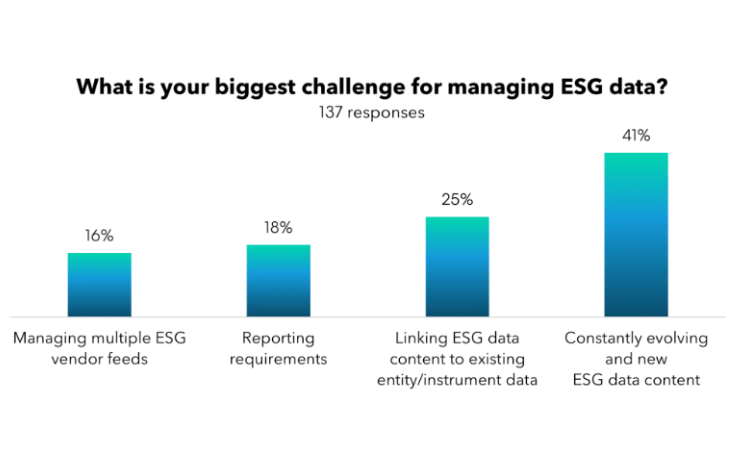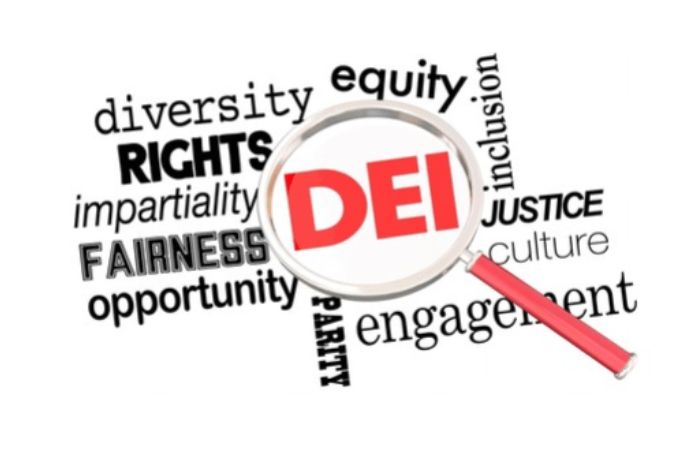Modern day supply chains are complex, changing, and fraught with risk management challenges. One scary statistic we hear these days is that over the past 2 two years alone 90% of the data ever created was generated. This incredible volume of data is being created to benchmark, measure and create assumptions of people and businesses – and indeed, could be leading to one of the biggest challenges in supply chains.
A supplier is an extension of your business so understanding in real-time if, for example, a local newspaper is reporting on child labour exploitation in factories, you can quickly identify and assess this issue. “Data is the new oil”, is a bit of a throw away catchphrase, but if real-time ESG data on our suppliers were available, would it impact who you do business with?
Your bank, your insurance provider, your shareholders, your customers, or clients want you and your business to know this information. They want to understand a wide range of ESG risks, which could impact operations beyond just your sphere of control.
Your footprint in the value chain
Whether you are aware of this or not, your business is likely to have already been measured against someone in your value chain’s ESG or supplier policy. The pandemic looks to have exacerbated this, with 72% of organisation reported a negative impact on their supply chain due to COVID-19. The 2020 EY Survey showed that 60% of respondents believe the supply chain has increased in importance. Half are rethinking their entire supply chain strategy as a result.
COVID-19 has revealed to us the vulnerability of traditional models, with exposures in many supply chains coming from unregulated or less mature markets. The emerging supply chain risks where we need greater transparency are climate change, environmental impacts, modern slavery, human rights, dangerous working conditions, cyber security, and digital management.
We are also seeing an incredible rise in supplier questionnaires, procurement tenders requiring extensive responses to ESG risks and suppliers being the target of in-depth investigations. This is becoming an important part of risk management and future growth plans of many businesses.
A resilient business is proactively managing against future disruption and risk by putting the processes, technology, and supplier agreements in place now to assess these risks. If you are not doing this already – assessing key suppliers, developing a better understanding of tier 2 suppliers and your key suppliers’ relationships – you may be in for a shock when a service provider, client, customer, or supplier informs you they are taking their business elsewhere or can no longer provide you services.
Supplier Visibility
Big data, analytics and machine learning are already enhancing our visibility of disruptions, risk management and scenario planning. Technology in the supply chain sector has advanced so quickly that we have visibility over a diverse cross-section of data. We track and monitor ships by satellite, are alerted of natural disasters as they develop or have early visibility of threats impacting your suppliers, distribution routes and assets. This has helped identify cost savings or accurately predict timelines – but this has also enabled greater visibility up and down the supply chain, often increasing expectations and tightening margins.
While organisations are increasing engagement with their key suppliers to understand their operations more intimately, supplier due-diligence is also being overhauled. Organisations must understand ESG risks that may arise in the future due to their suppliers.
The textiles industry is one particularly under the microscope at the moment, with large clothing brands being told, if you have not done enough due-diligence on your supply chain to uncover any child exploitation or modern slavery risks, you run the risk of being de-banked, have significant consumer backlash, class actions or have no customers left to sell to. No-longer can banks, lenders, foreign exchange companies or any other service provider afford to have these transactions occur under their licences.
ESG Supply Chain Technology The critical advancements in this space show us how ESG risks have material impacts on business performance and are being taken very seriously by credit rating agencies, large business, government and financial service providers. Technology will help solve how businesses manage these problems in the future. The most obvious opportunity is in integrating distributed ledger technology (DLT) and blockchain technologies to do the heavy lifting on data management, artificial intelligence to identify ESG risks and stakeholder engagement platforms to ensure the right data is being collection. Soon technology will consist of:
-
Extensive ESG analysis tools identifying potential ESG risks beyond what your supplier tells you;
-
Enhanced supplier due-diligence and onboarding criteria;
-
Video and geo-location auditing; and
-
Proactive management of governance, environmental, economic, or social risks.
ESG Impact works with businesses, financial services organisations, and technology partners to build solutions to these problems. We help to create ESG supplier management programs, ESG strategy, ESG risk management programs and ESG reporting. Our clients have ranged from SME’s to conglomerates across a wide variety of sectors, spanning 4 continents.
Reach out to ESG Impact if you want help to start, develop or enhance your ESG strategy.
Contact us to discuss how your organisation can reduce ESG risks, create an effective ESG strategy, reduce their carbon footprint and better manage ESG risk in your supply chain.









